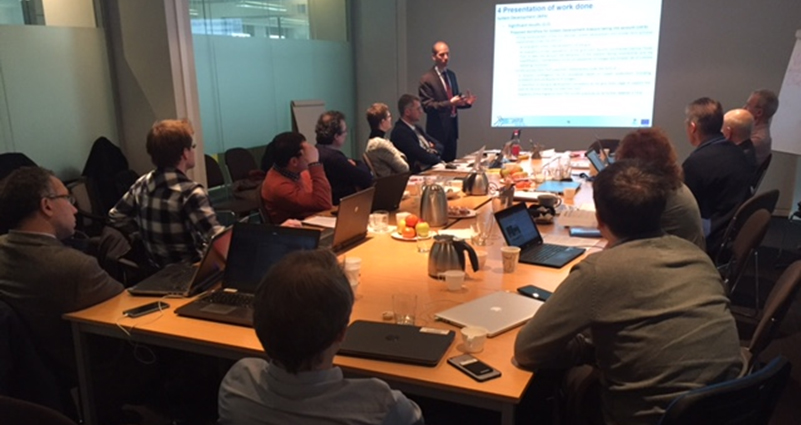GARPUR emerged from the assessment very well, and the experts appear to have understood the importance and value of the results produced so far. We’re now looking forward to the exciting final eight months of the 4-year project term.
What is N-1?
The GARPUR project is looking into the development of risk-based methods that can supplement or replace the current “N-1” criterion for transmission grid operation. “N-1” means that the grid shall be capable of experiencing outage of a single transmission line, cable, transformer or generator without causing losses in electricity supply. N-1 takes no account of the probability of such outages, and fails to distinguish between which, and the magnitude of, areas that may be impacted by power losses.
“N-1” means that the grid shall be capable of experiencing outage of a single transmission line, cable, transformer or generator without causing losses in electricity supply.
In the light of increasing contributions from variable and unregulated renewable energy production, such as solar and wind-power, the power system is experiencing increasing levels of operational uncertainty and complexity. N-1 has turned out to be inadequate in coping effectively with this. For this reason, risk-based methods will come to the fore as a means of safeguarding supply security linked to the operation of tomorrow’s power system, and at the same time contribute towards keeping a lid on socio-economic costs.
The GARPUR project is coordinated by SINTEF Energy Research and involves 20 European partners comprising mainly transmission grid operators and research institutes.











Comments
I am interested to learn more about your risk based approach to improve upon N-1. I have been looking into several processes including iRIDM. I am curious if you have a metric for how long a failure can persist. Assuming that N-1 reliability is essential and must be present at the initial startup of a system, if during operation a failure occurs, the system will continue in an N-0 state. What is the permissible time until the system is returned to N-1? I do not find any discussion of this. I feel that if it is essential for the initial design, it remains essential and the fault should be detected and repaired immediately. The length of time for this repair is an important metric to compare alternatives.